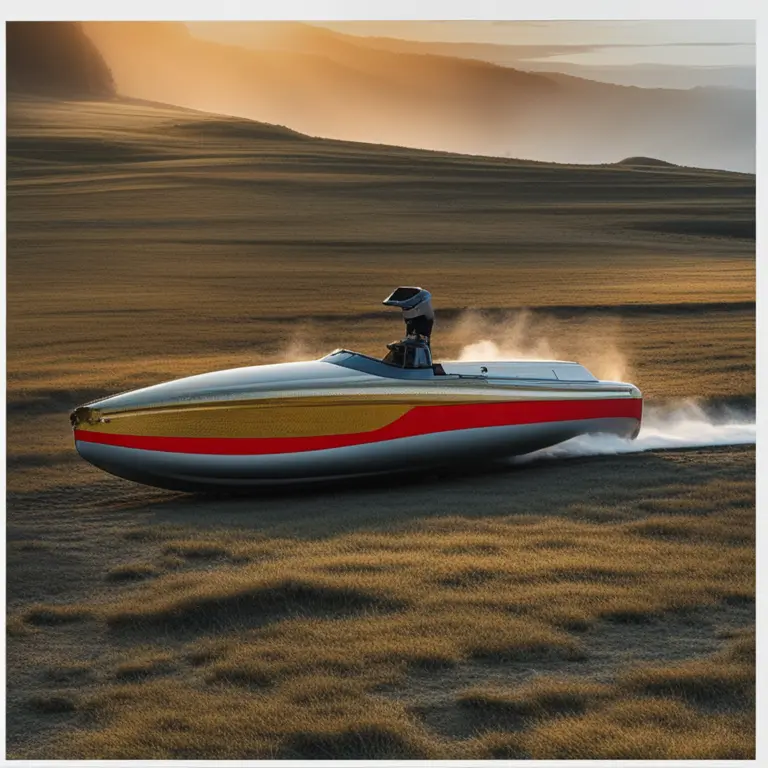
The Genesis of Meditation: Its Historical Roots
Trace the origins of meditation, from ancient practices to modern applications, and understand its historical context.
article by Hina Kurosawa
Origins of Meditation Practice
Meditation, a practice now ingrained in cultures worldwide, has its roots deeply planted in antiquity. Scholars agree that the art of meditation first emerged thousands of years ago. The earliest recorded evidence of meditation comes from the Indian subcontinent. Within Hindu traditions, the Vedas - ancient sacred texts penned around 1500 BCE—contain references to meditative techniques that were integral to various spiritual practices. These techniques were developed to cultivate a deeper understanding of the self and the universe.

Buddhism and the Global Spread of Meditation
While meditation existed in various forms across different cultures, it was through Buddhism, founded by Siddhartha Gautama in the 6th century BCE, that meditation began to spread more widely. The Buddha's teachings emphasized the importance of meditation in achieving enlightenment. As Buddhism traveled beyond its native Indian borders, it carried its meditative practices to other parts of Asia, adapting and integrating with local spiritual customs.

Meditative Practices Across the World
Although often associated with Eastern religions, meditation is not exclusive to them. The early Christian, Jewish, and Islamic mystics employed meditation as well. Contemplative prayer, for instance, is a form of meditation in Christian mystical traditions. In the Islamic Sufi tradition, meditation is implemented through dhikr, the remembrance of God. Meanwhile, Judaism's Kabbalah tradition also incorporates meditative elements. This demonstrates that meditation transcended geographical boundaries and was molded by various theological frameworks.

Modern Meditation and Scientific Inquiry
The 20th century saw newfound interest in Eastern meditative practices in the Western world. This period marked the beginning of scientific research into meditation, which has only accelerated since. Contemporary studies often explore the effects of meditation on the brain, stress levels, and overall well-being. Introduction to meditation in the West is often attributed to figures like Maharishi Mahesh Yogi and the popularization of techniques such as Transcendental Meditation in the 1950s and 1960s.
Current Trends and Digital Advancements
As we move deeper into the 21st century, meditation continues to evolve. Today, meditation is accessible to a global audience via digital platforms. Apps and online courses facilitate the ancient practice, integrating modern technology with traditional methods. This democratization of meditation has made it a cornerstone of wellness in cultures far removed from its ancient roots. As we embrace these practices in our daily lives, the essence of meditation remains—a journey inward to discover peace and clarity.
Published: 1/24/2024
Modified: 1/24/2024
More predictions
Come back here soon to learn more about yourself and your future


Simple Guide to Meditation Practices
Meditation made easy for beginners – discover simple techniques to start your mindfulness journey.


Soothing Sleep-inducing Meditation Techniques
Discover effective sleep-inducing meditation strategies in this enlightening article. Learn to drift into deep, restful slumber with ease.


Meditation Techniques for Individuals With ADHD
Discover effective meditation practices tailored for individuals with ADHD to improve focus, reduce hyperactivity, and foster a sense of calm.